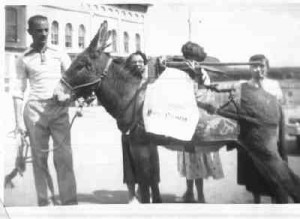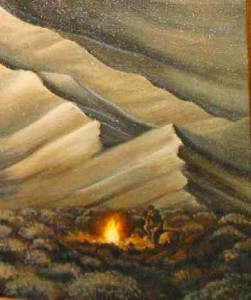Brief by Central Staff
Public Health – July 2004 – Colorado Central Magazine
It’s summer time, and once again, there’s a hazard: West Nile Virus. It is carried by the Culex tarsalis mosquito, which feeds around dusk and dawn, and lives in standing water.
Already, one infected mosquito has been found in Chaffee County. Last year, seven Chaffee residents caught West Nile, and the Colorado Department of Health fears that this year could be worse than 2003, when 63 Coloradans died from the virus.
In our part of the world in 2003, the human infection count went like this: Alamosa, 3; Custer, 0; Chaffee, 7; Conejos, 1; Costilla, 2; Frémont, 77 (with 2 deaths); Gunnison, 0; Lake, 0; Park, 1; Rio Grande, 2; Saguache, 2.
It appears that the higher the county, and thus the colder its climate, the less chance of West Nile.
West Nile first appeared in the United States in 1999, and has been spreading west ever since. The disease is transmitted from birds (mostly corvids, like ravens and magpies) to mosquitoes to humans. Most people who have been bitten by an infected mosquito do not suffer at all, but some develop either “viral fever syndrome” or meningitis or encephalitis, a swelling of the brain. And in very rare cases, West Nile results in serious brain damage or death.
West Nile also strikes horses, but there are immunizations available for them. There isn’t one for people, and there’s no treatment for human West Nile disease, either.
So the Health Department advises us to go after the source. If you can avoid going outdoors within a couple of hours of dawn or dusk, you have a better chance of avoiding mosquitoes. And you should wear insect repellent when you do go out. Home owners should also make sure there’s no standing water on their property, and if you do have water out (in a wading pool or bird bath, for instance) be sure to change it at least once a week.


